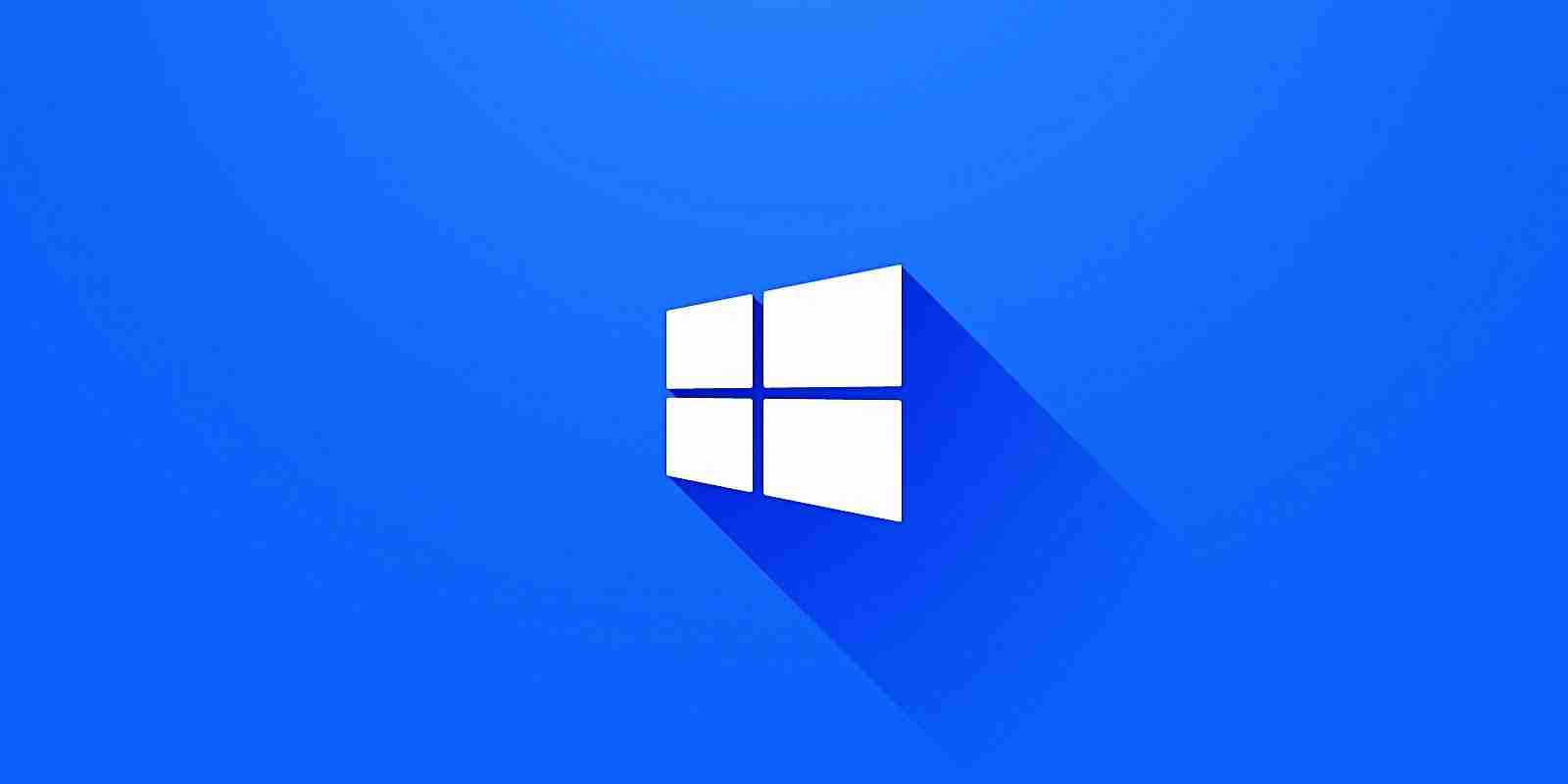KEEP IN TOUCH
Subscribe to our mailing list to get free tips on Data Protection and Cybersecurity updates weekly!







Microsoft has announced the long-awaited ability to run emulated 64-bit applications in Windows on ARM. This new feature will allow applications to use more memory and thus gain better performance than their 32-bit counterparts.
When Windows 10 for ARM was released in 2017, Microsoft created an emulation layer that allowed users to run 32-bit applications. Over time, though, users and developers began moving towards 64-bit systems, and the ability to run 32-bit applications was not enough.
Yesterday, Microsoft announced that Windows Insiders can now test an x64 emulation layer on Windows on Arm to run 64-bit applications.
“In this preview, you can install x64 apps from the Microsoft Store or from any other location of your choosing. You can try key x64-only productivity apps like Autodesk Sketchbook, as well as games like Rocket League. Other apps, like Chrome, which run today on ARM64 as 32-bit apps, can run as 64-bit using the new x64 emulation capability. These apps may benefit from having more memory when run as 64-bit emulated apps,” Microsoft announced in a new blog post.
Also Read: How To Prevent WhatsApp Hack: 7 Best Practices
This new feature is available in the Windows 10 Insider build 21277, which was released yesterday to Insiders on the Dev channel. This build is on the RS_PRERELEASE branch and can be installed by seekers performing a manual check for updates in Windows Update.
For best app performance at this time, users should install a preview version of the Qualcomm Adreno graphics driver for the following devices:
To support ARM64 and X64 C++ applications, users will also need to install the preview version of the ARM64 C++ redistributable from https://aka.ms/arm64previewredist.
Microsoft plans on integrating the driver, and redistributable in future Windows 10 Insider builds so that users do not need to install them manually.
Also Read: 15 Best Tools For Your Windows 10 Privacy Settings Setup
Microsoft has still not stated when this feature is estimated to go live, and we should expect to see this tested over the next few Windows 10 releases.